In the high-stakes and often underappreciated world of firefighting, a term that evokes a sense of relief and gratitude is ‘Kelly Day.’ These are not just mere calendar annotations that signify days off; they symbolize recovery, the battle-ready respite of a firefighter. But how did this term come to be, and what’s its deeper meaning within firefighting communities? Let’s unpack the myth, reveal the history, and appreciate the essence of Kelly Days in the lives of our everyday heroes.
Understanding the Kelly Day: More Than Just a Day off
The concept of Kelly Days, for the uninitiated, points to scheduled off-duty days for firefighters, providing essential time away from the rigors of their intense work schedule. To understand the full significance of these days, we must first look at the demands of a firefighter’s profession. A firefighter’s work is more than a job; it’s a calling to be on the frontline, braving danger, and often witnessing the very extremes of human vulnerability. With each shift, whether it’s a 24-hour duty cycle or a longer commitment, they put themselves in harm’s way.
A Kelly Day, therefore, goes beyond the common ‘weekend’ or ‘rest day.’ It’s an acknowledgment of their service, a vital component of a work schedule designed not just for efficiency but for sustainability. It serves as a morale booster, incentivizing performance and ensuring that firefighters are mentally and physically prepared for the next call to action.
The Root of the Tradition: Who Was Kelly?
To truly grasp the importance of these days, we must retrace the term’s origins, diving deep into the history of the firefighting profession itself. The ‘Kelly Day’ tradition can be traced back to the late 19th century, with the motivation behind this being to give firefighters a predictable break to rest and regroup.
In those days, firefighting was even more grueling and unpredictable than it is now. Firefighters worked incredibly long hours, often without any time to rest between calls. Augustus Meux, an influential London fire chief, led the charge in implementing regular days off for his crew. This innovation aimed not only at improving workplace conditions but also at boosting the efficiency of his team.
The tradition spread, and across the Atlantic, American firefighters too began implementing the ‘Kelly Day’ — named in honor of Chief Meux’s successor, Barney Kelly, who upheld and continued the practice. Over the years, the term has transcended beyond just a day of rest, becoming an integral part of firefighting culture, representing the commitment to welfare within the community.
The Modern Kelly Day: Adaptation and Evolution
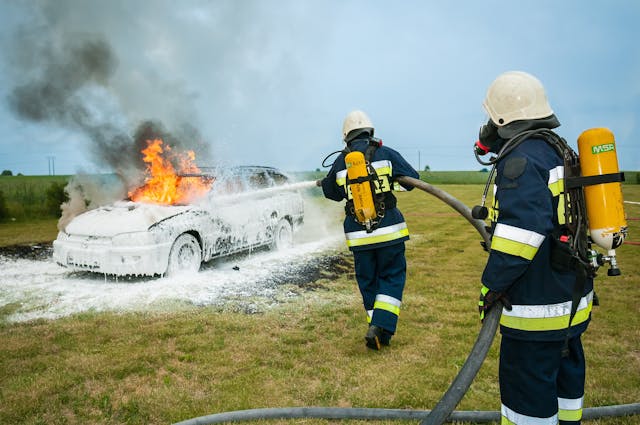
As with all things, the concept of the Kelly Day has evolved to meet modern demands. It’s no longer just about rest; it’s about providing a balanced work schedule that considers the demands of the profession while maintaining the physical and mental well-being of the men and women in the line of fire.
Today, Kelly Days are a part of structured work schedules that include shift rotations, mandatory rest periods, and comprehensive mental health support programs. Fire departments are becoming increasingly attuned to the long-term effects of stress and trauma that can accumulate over a career. And in this more nuanced understanding of mental health, Kelly Days have become an indispensable tool in aiding proactive recovery.
The Psychological Impact: Mental Health and Kelly Days
The importance of mental health has come to the forefront of the firefighting community, with Kelly Days playing an unexpectedly crucial role. They offer a built-in decompression time, allowing firefighters to step back, process, and recuperate from the intense experiences that are part and parcel of their vocation.
In an ongoing study conducted by the National Institute for Occupational Safety and Health (NIOSH), findings suggest that alternating shifts and having regular off-days, like the Kelly Day, can reduce psychological stress and improve long-term mental health.
Addressing mental health is not only an act of compassion but is increasingly recognized as essential for a resilient and effective firefighting force. Kelly Days and similar initiatives are emblematic of this shift in mindset, offering a model for businesses and industries worldwide in understanding the importance of downtime in the relentless pursuit of occupational excellence.
The Future Outlook: Kelly Days and Their Place in Modern Work Culture
As industries across the globe grapple with the evolving nature of work, the concept of the Kelly Day offers a powerful narrative. It’s not just about ticking the box of providing days off; it’s about integrating rest into the very fabric of an organization’s values and work ethic.
The conversation around Kelly Days is expanding, with ‘mandatory mental health days’ and similar policies becoming more common, not only within emergency response units but with several companies and institutions taking inspiration from the firefighting community’s best practices.
In an era where burnout is recognized as a significant societal issue, and worker well-being is climbing up the corporate agenda, the Kelly Day is a beacon of inspiration, advocating for a more human approach to work and mental health.
Who is the most famous firefighter in history?
When the question arises as to who the most famous firefighter in history is, one name often stands at the forefront: Chief Edward F. Croker. His tenure as the head of the New York City Fire Department at the turn of the 20th century was marked by both innovation and advocacy. A nephew of the legendary New York politician Richard Croker, Edward F. Croker’s accomplishments include introducing technological advances to firefighting, such as the use of steam-powered fire engines, and advocating for firefighter safety, which was dire at the time.
He served with distinction and, during his career, became the face of the brave men and women who risk their lives in service to others. Croker was not just a firefighter; he was a visionary, a leader who propelled his profession into the future with improvements that have saved countless lives. His legacy lives on not just in the tales of valor but in the very fabric of modern firefighting tactics and equipment.
Conclusion: The Day of Gratitude
As we conclude our exploration of the intriguing tradition of the Kelly Day, it’s clear that this simple concept carries profound significance. It stands for a work regimen that values humanity, recovery, and mental welfare.
In honoring days like the Kelly Day, we offer our utmost gratitude to all those who serve on the front lines, who rush towards danger, and who embody the essence of selflessness. We recognize not only their bravery but also the systems in place that look after their most valuable resource — their resilience.
For the firefighting community, the Kelly Day is not just another facet of their work; it is a commitment – a sacred tradition that ensures their readiness, a vital pause that underscores the very essence of their service. It’s a symbol of resilience, of adaptability, and most importantly, of care.
As civilians, it is our duty to understand, acknowledge, and support this practice. In doing so, we play a small part in the vast orchestration that ensures the guardians of our safety are also safeguarded.
The fire might rage on with its ferocity, but behind the scenes, the guardians have their Kelly Days — and that makes all the difference.
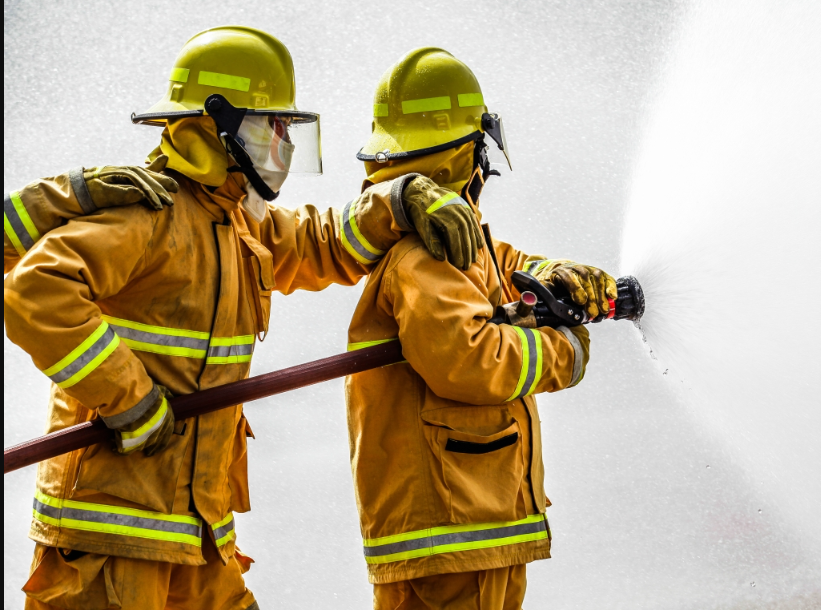
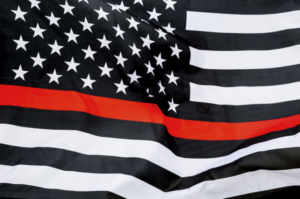
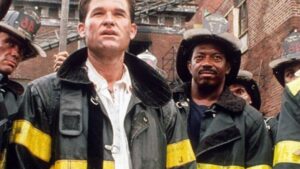
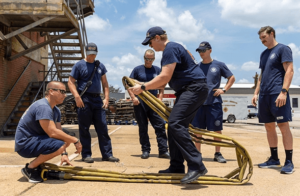
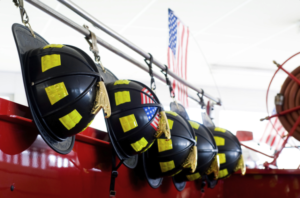
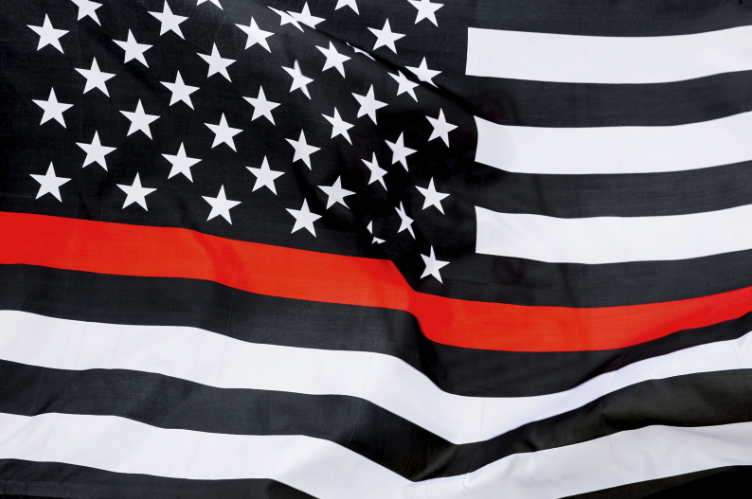
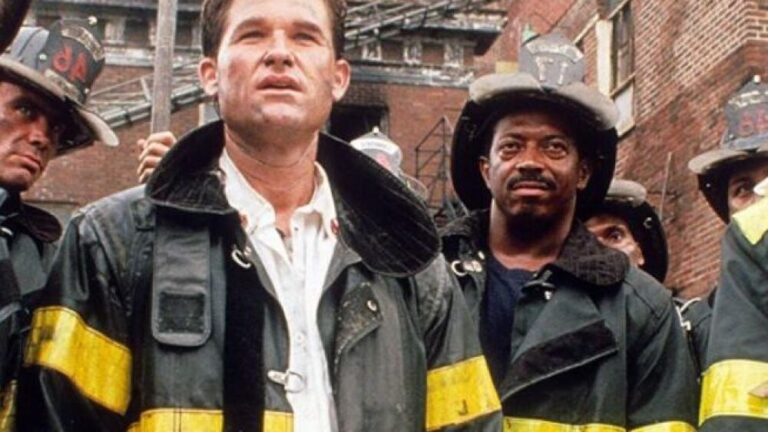
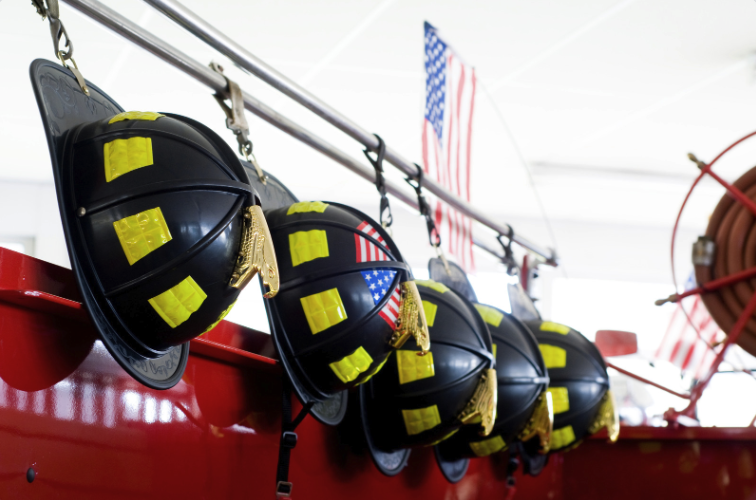
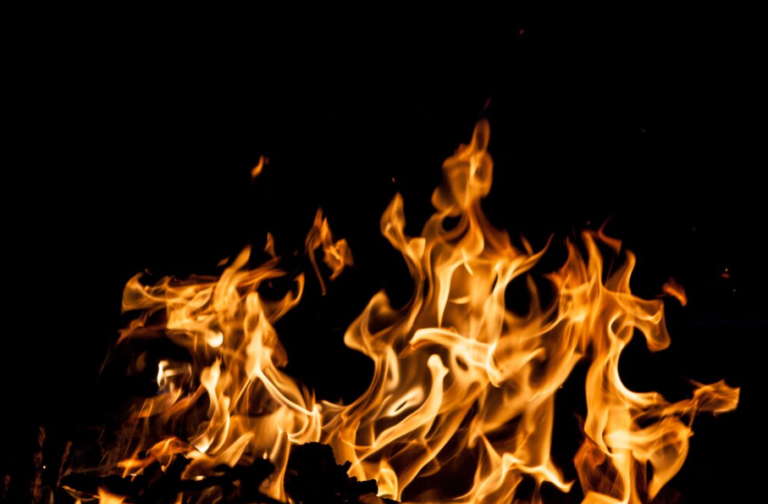
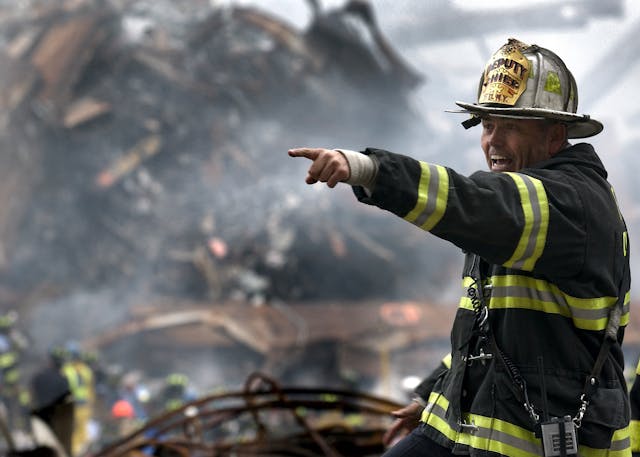
+ There are no comments
Add yours